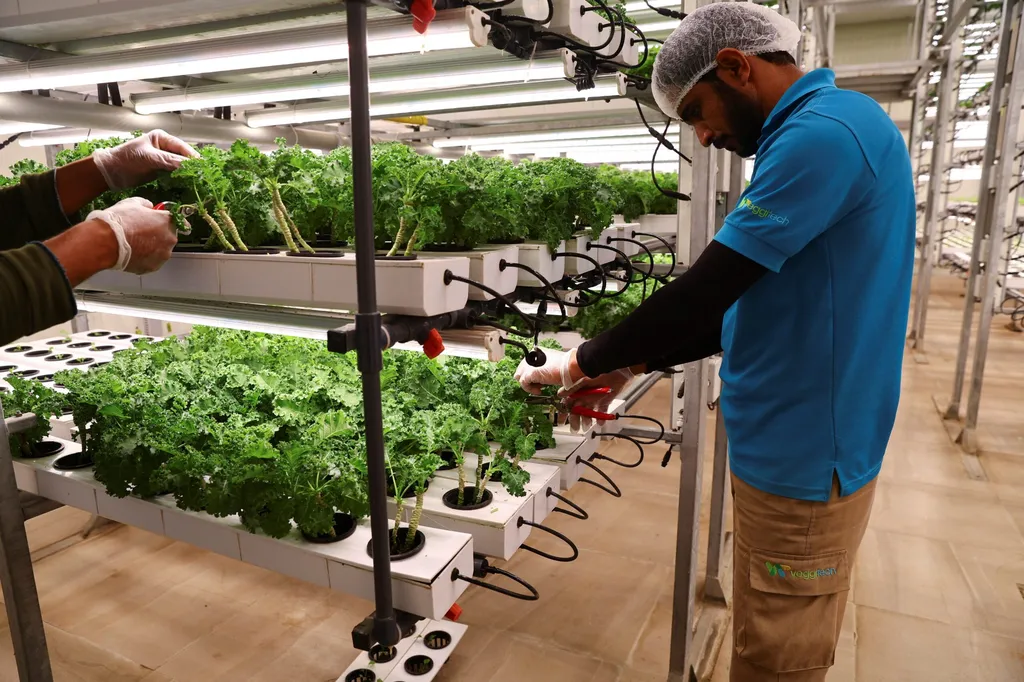In the heart of Norwich, United Kingdom, at the University of East Anglia’s Department of Computing Science, a team led by Andrew Simpson is reimagining the future of urban horticulture. Their recent study, published in the journal *Frontiers in Sustainable Food Systems* (which translates to *Frontiers in Sustainable Food Systems*), explores how affordable, scalable, and open-source autonomous robotics could revolutionize urban farming, addressing pressing global food security challenges.
Climate change and environmental pressures are making traditional horticulture methods increasingly unreliable. Urban horticulture, with its promise of environmental, health, and social benefits, could be a key to future food security. However, cities present unique challenges: limited access to affordable land, lack of expertise among residents, and time constraints. Automation could bridge these gaps, but current solutions are often prohibitively expensive and scaled for premium markets.
Simpson and his team are focusing on small-scale vertical hydroponic farming, a method that offers high productivity and significant resource savings compared to soil-based growing. “Robots to automate these soil-free growing setups are a natural starting point for developing urban horticulture as a future mitigation for food supply shortages amid changes to Earth’s climate and ecosystems,” Simpson explains.
The study identifies the tasks that urban horticulture robots must perform and establishes criteria for their scale, functions, and cost. By reviewing existing robotic technologies across various domains, the researchers explore which formats could be adapted to meet the demands of urban growers. Their focus on open-source hardware communities highlights a viable route for developing cost-effective, adaptable robotic solutions, promoting wider adoption in capital-poor regions.
The potential commercial impacts of this research are substantial. As urban populations grow and traditional farming faces increasing challenges, the demand for innovative, efficient, and sustainable food production methods will rise. Autonomous robotic systems tailored for urban environments could transform the agricultural landscape, making fresh produce more accessible and affordable.
Simpson’s work underscores the importance of collaboration between technologists, farmers, and policymakers to drive this transformation. “The Open Source Hardware community is a powerful ally in this endeavor,” he notes. “By leveraging collective knowledge and resources, we can accelerate the development of technologies that benefit everyone.”
As the world grapples with the realities of climate change and food security, Simpson’s research offers a glimpse into a future where technology and sustainability intersect to create resilient, efficient, and equitable food systems. The journey is just beginning, but the potential is immense.

